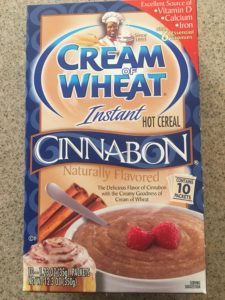Hidden Sugars In Your Food?
Are there Hidden Sugars In Your Food?
 Too Much Sugar
Too Much Sugar
The average American consumes 22 teaspoons of sugar a day. And the American Heart Association recommends that the consumption of added sugar not exceed 6 teaspoons daily for women and 9 teaspoons daily for men. You can see how all this added sugar is the main culprit when it comes to major causes of weight gain. It is also the main culprit in type 2 diabetes. Now you may be thinking that because you have a tendency to select “sugar free” foods, you are ok right? Wrong! Don’t fall victim to the “hidden sugars in your food effect”! You may not see it, because it’s often cleverly hidden under a different name!
Hidden Sugars
The FDA has certainly acknowledged and tried to define the term “added sugars.” This term refers to sugars that aren’t naturally occurring in foods(like fruits). But it is up to us to investigate and learn all the various names for sugar. And more importantly, how much of it we’re actually putting into our bodies. You see they’re even disguised to sound somewhat healthy, corn syrup, brown sugar, honey, brown sugar syrup, dextrose, and fructose. Sugar also masquerades under names like fruit juice concentrate, glucose, invert sugar, modified food starch, and maltose. Trying to figure out what percentage of calories these sugar substitutes represent in a packaged food product is almost impossible. It would be like scoring a concert ticket to Michael Jackson— it’s pretty much…..impossible!
Nutrition Facts
The reason for this is the FDA has refused to add an “Added Sugars” line (in grams). The line should sit within the “Sugars” section on the nutrition facts label. Instead, added sugars are only mentioned in the ingredient list. And only in decreasing order by weight, not by percentage of calories. Of course food production companies have discovered this loophole and are now taking some extreme liberties. Not only are they using some of those disguised sugar synonyms in the ingredient list, but they’re also using several of them in a single product.
Added sugars are added sugars. No matter what you call them, they continue to have a negative effect on your body. They make food sweet and make you fat. By dividing the total amount of added sugars into three or four different sugar names instead of using just one type of sugar, companies are able drop their added sugars further down the list; the less the weight, the lower the rank on the ingredient list.
Health Problems
Why should we let this concern us? Because a diet high in added sugars usually equates to lower levels of fiber, vitamins and minerals, and other nutrients. By displacing fiber, vitamins and minerals, and other protective nutrients, added sugars may increase the risk of type 2 diabetes, certain cancers, high blood pressure and other health problems. For more information on hidden sugars in your food, health and fitness, losing weight, getting in shape, working out, or if you’re frustrated with your current level of fitness and looking to hire a personal trainer, contact us.

